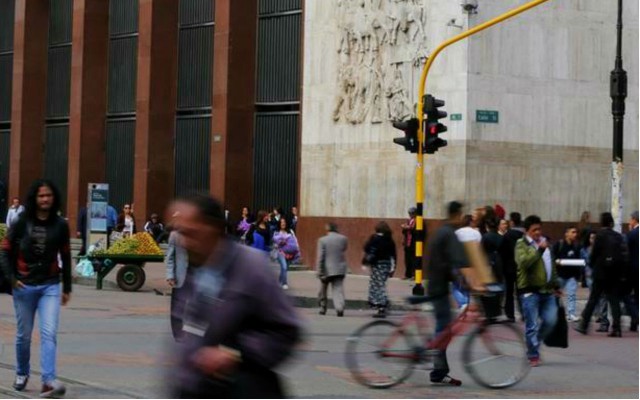Por Javier Arreola y Patricio Gutiérrez Velarde. Varios estados de la…

Let’s Increase the Mexican Impact on U.S. Metros
A characteristic of the last decades was the wager of taking industrial and value-creation activities outside the big cities. Coincidentally, there was a wager on consumption, debt, and tax cuts to invigorate the economy. However, the economic crisis reversed this tendency again prioritizing innovation, manufacture, and infrastructure. At the same time, people began to move back to metropolitan areas. In this article, some of the ideas of the book The Metropolitan Revolution written by Bruce Katz and Jennifer Bradley will be mentioned as a proposal on how to increase the Mexican impact on U.S. metropolises.
The metropolises are a series of municipalities that together make up a unified labor market, which can be statistically defined by its inhabitants’ commute. Wagering today on metropolises is a good decision, since they concentrate financial assets and people who generate value. By integrating all metropolises, a great web that propels the growth of national economies is created. The 100 major U.S. cities cover 12% of the country’s total area, but generate 75% of its GDP. The metropolises with the greatest economic impact are New York, Los Angeles, Chicago, Houston, Washington, Dallas-Fort Worth, Philadelphia, San Francisco, Boston, and Atlanta.
The change in mentality is significant: metropolises gather innovation and creativity since the metropolitan citizen is oriented to action, to solve problems, and to defy paradigms. The metropolises are better when they group workers trained in knowledge centers which are very well-connected to the world. Thus, the maneuvering margin—and the fun part—is shifting from the federal or state level to the metropolitan level.
Metropolises increase their value when they connect small businesses, bring investors closer, get universities involved, support entrepreneurs, explore new markets, and train their workers with the knowledge they require. In summary, they understand the features that strengthen them and make them unique. In Boston, Mexicans have a dynamic participation creating knowledge; in Washington, D.C., we are making decisions that have an impact; in Los Angeles, we export; in San Francisco, we develop technologies; in San Diego, we take advantage of the border; in New York, we manage banks; in Houston, we revolutionize energy; and in San Antonio, we redefine Mexican investments.
To increase the impact we have on metropolises, we could implement the following actions at an entrepreneurial level, either as a group or individually.
As business groups:
- Create networks that include institutions such as companies, businesses, and governing authorities that are interested in accelerating actions and achieving goals, more than imposing new laws and restrictions. These networks should define common goals in order to act together.
- Develop the metropolis brand with a long-term vision, and sell it constantly.
- Connect the strategic capital with the skillful and entrepreneurial talent.
- Approach city majors to promote stable governance with reliable and enforced rules. Less ideology and more results. We have to remind them that cities are the laboratories to implement state and federal policies.
- Facilitate the channels to export the products and services that distinguish the metropolis.
- Promote the construction of transportation, water, energy, telecommunications, and social infrastructure as well as the creation of public spaces and the cities’ vertical growth.
As individual entrepreneurs:
- Reflect on our own business activities: Who am I? What makes me special? What do I produce and market? With whom? Then, review the industries’ production chain to identify other metropolises that, because of their characteristics, could become strategic partners. Consider the degree of knowledge and experience as well as the cultural affinity to then create trade alliances and have better suppliers. In summary, innovate locally to generate a global connection.
- Create mechanisms to maximize exports and minimize consumption.
- Reimagine misused assets to create new opportunity niches.
- Harmoniously integrate workers and the community, especially creating co-working sites.
Historically, metropolitan population concentrations have been the place of origin of revolutions and generation of well-being. At this stage in time, we, as Mexicans, can maximize our impact innovating locally and connecting globally.
Published on September 12th, 2015 at Empresarios AEM Magazine.


